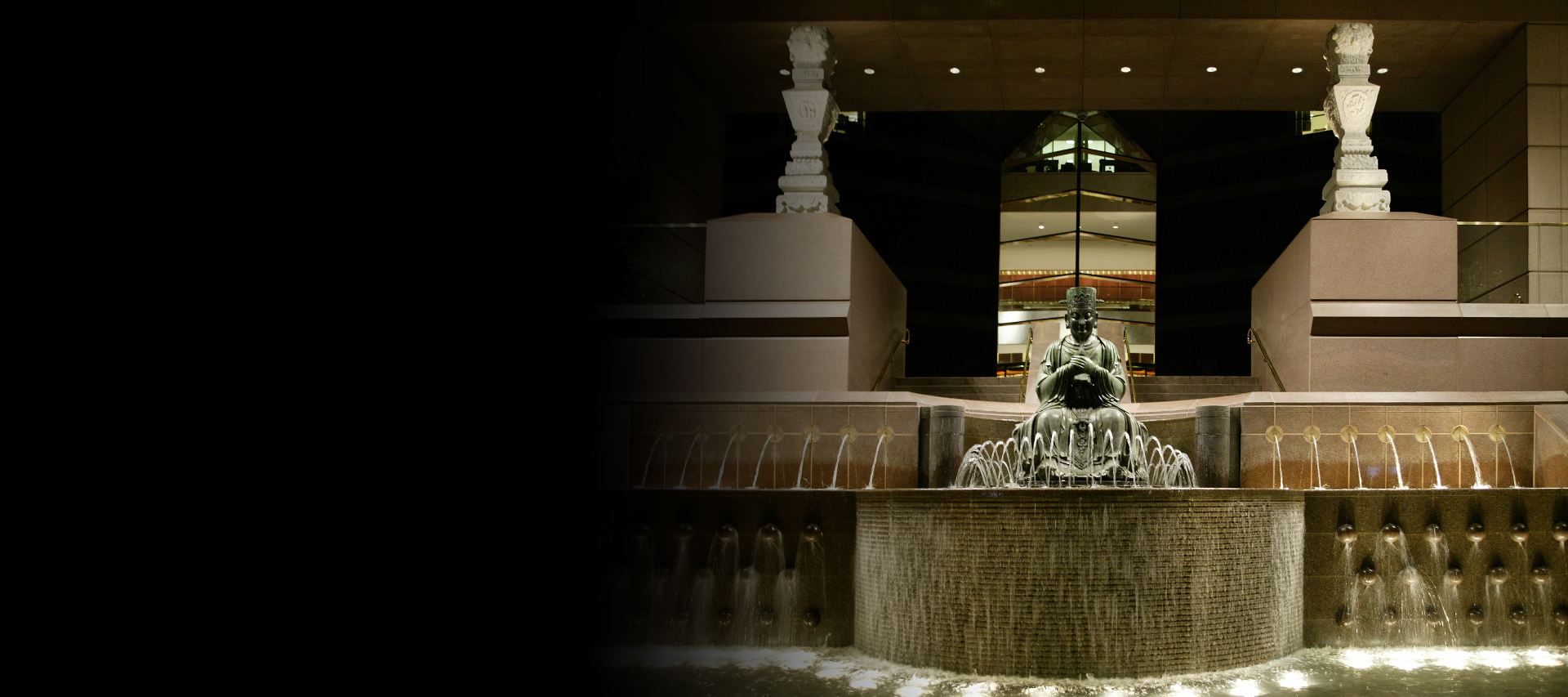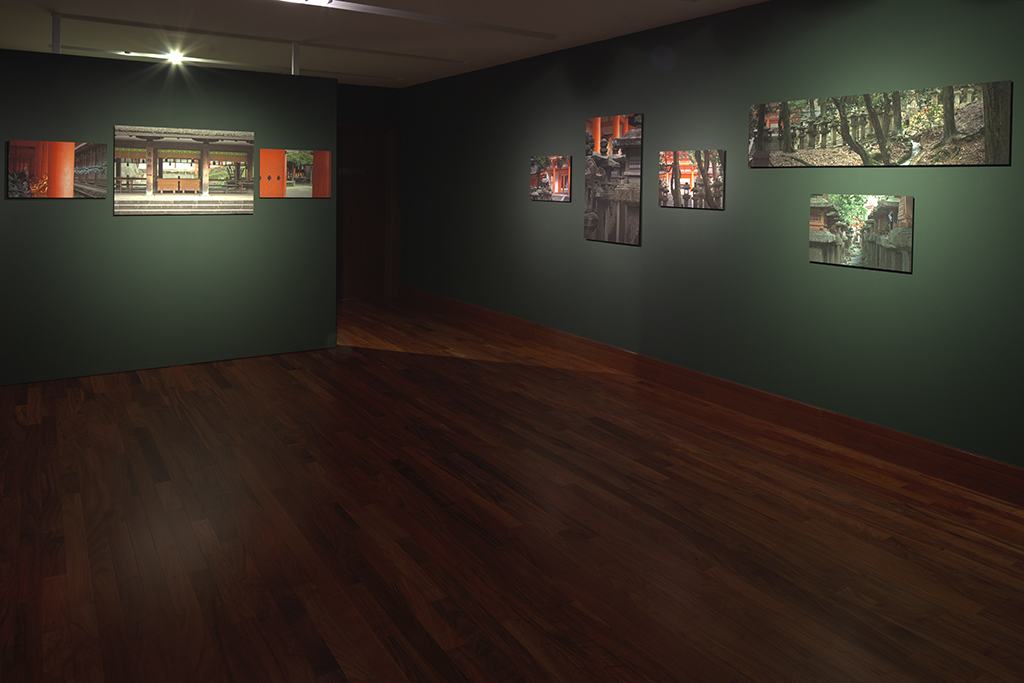
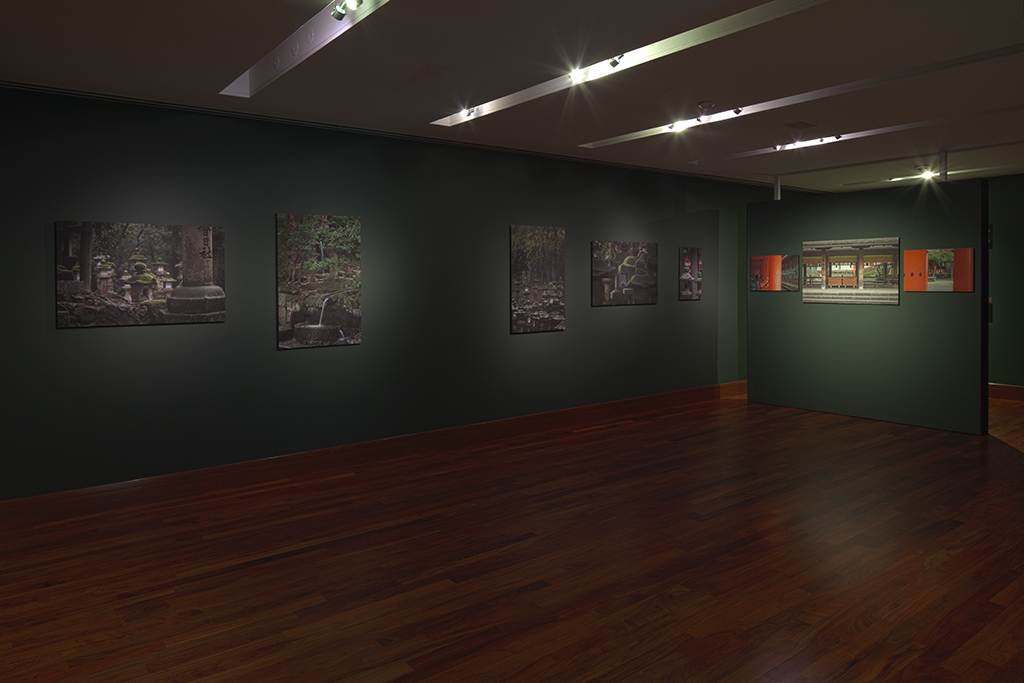
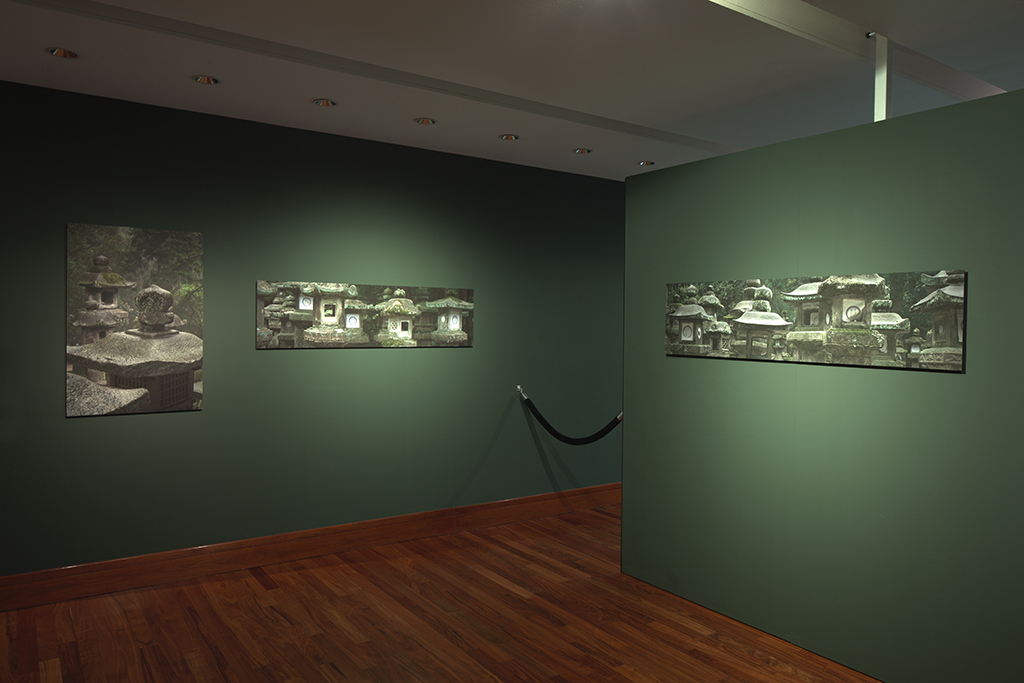
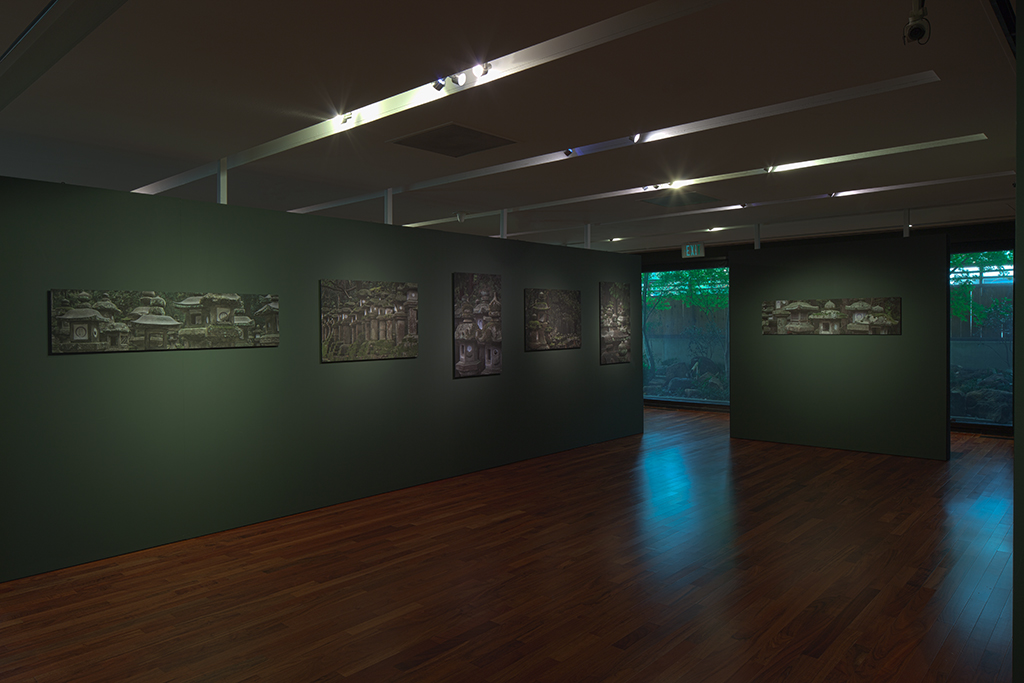


David Gibson describes his approach to the important Shinto-Buddhist shrine Kasuga Taisha in Nara as he first experienced it in 2005: “Kasuga Shrine is located at the far end of Nara Park. On the walk through Nara Park, one encounters a forest with inviting paths. The ascent toward Kasuga Grand Shrine begins along these paths. The paths merge into an avenue that reveals the first glimpses of ancient stone lanterns; only a few at first, then more and more as one draws nearer to the shrine. Over the centuries moss and lichen have covered the lanterns, creating a patina reflecting their age. Remnants of paper are attached to the stone lantern windows. These fragile papers, with prayers written in calligraphy, linger year-round from festivals when all 3,000 lanterns are illuminated by candles, keeping a centuries-old tradition alive. These visual and historic elements offer a transporting and a calming experience. Kasuga Grand Shrine is a place of refuge and contemplation.”
In 2008 he returned to the location: “Again the shrine offered a feeling of quiet and reflection as I walked along the paths during the early morning. It was the same harmony I felt when I first discovered the shrine. During this visit, the light mist and patches of morning fog were perfect conditions for photography. The Kasuga Shrine photographs are my interpretation of a remarkable place and reflect my respect for the culture that created these sacred sites.”
Their sequence follows the order of pathway to the shrine, first built in the 8th century to house tutelary and ancestral deities of the powerful Fujiwara clan. The approach, shaded by a towering forest, induces a process of purification, important in all Shinto ritual.
Gibson’s description introduces a series of photographs from which a selection has been made for this exhibition. Their sequence follows the order of pathway to the shrine, first built in the 8th century to house tutelary and ancestral deities of the powerful Fujiwara clan. The approach, shaded by a towering forest, induces a process of purification, important in all Shinto ritual. The mind dispels clutter and settles into peacefulness, from which awareness heightens.
The lanterns on the approach to Kasuga Shrine were offered over centuries by the faithful, who kept them illuminated. Now the lanterns are lit only at the onset of spring at the time of Setsubun, or “The Bean Throwing Festival,” and again during the Obon Festival, when ancestors return to visit the living.
The pathway along the lanterns is a place of clarity and memory, intimated we hope by your experience of this exhibition.
Quotes are from David Gibson, Kasuga Shrine, 2010, limited edition, published by the artist.
